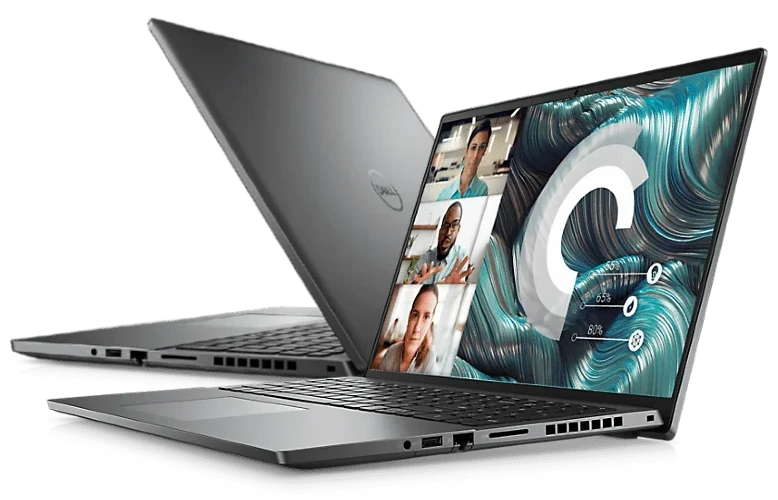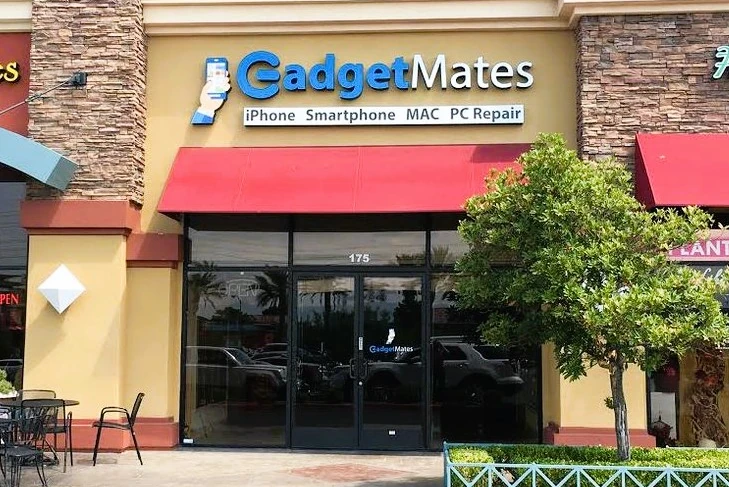Laptop Repair
When you need laptop repair done quickly and affordably, GadgetMates is your go-to solution in Las Vegas. We provide expert services for a wide range of laptop issues, from laptop battery replacement and DC jack repair to complex motherboard troubleshooting. Our skilled technicians work with all major brands, including Apple MacBook, Lenovo ThinkPad, Dell Inspiron, HP Pavilion, and more.
Whether your laptop won’t power on, has a cracked screen, or needs a power jack replacement, we have the tools and expertise to get it working like new. We understand how essential your laptop is for work, school, and entertainment, so we prioritize fast, efficient turnaround times without compromising on quality.
Our Top Laptop Repair Services:
- Laptop Battery Replacement: Is your laptop battery draining too quickly or refusing to charge? We can replace it with a high-quality, long-lasting battery.
- DC Jack Repair/Power Jack Replacement: If your laptop won’t charge or requires you to wiggle the charging cable, our expert techs can repair or replace the jack.
- Screen Repair and Replacement: Cracked or unresponsive display? We’ll restore your screen’s clarity and responsiveness.
- Keyboard and Trackpad Fixes: From sticky keys to broken trackpads, we’ll get your input devices working perfectly.
- Software and Performance Optimization: Boost your laptop’s speed with system tune-ups, malware removal, and hardware upgrades.
At GadgetMates, we pride ourselves on delivering transparent pricing, reliable repairs, and exceptional customer service. Whether you need a quick laptop repair near me or a complete performance overhaul, we’re here to help.
Don’t let laptop problems slow you down. Contact GadgetMates today for fast, affordable laptop battery replacement, DC jack repair, and all your laptop repair needs. Visit us in-store or call to schedule a convenient onsite service!

How It Works
Bring In Device
Stop by a store location
Free Diagnostic
We’ll test your device for FREE & provide a quote
You Decide
You can choose to repair or not. No obligation.
Services We Offer
FAQ
do you have a question?
You’ll see some of our most popular Q&A questions on this page. Don’t see your question answered? No problem!
Call our team or contact us and we’ll have a support specialist reach out to you.
Want To Learn More About Laptop Repair? Check Out These External Resources:
Finding a reliable laptop repair service nearby can feel like an uphill battle. Although a quick Google search for “laptop repair near me” might seem straightforward, finding the most dependable service requires a more thorough approach. A laptop is not merely a device; it’s an investment, and it’s crucial to entrust its repair to professionals adept in handling various issues. If you’re in Southern Nevada / Las Vegas, GadgetMates is that place. We can upgrade or repair your laptop – from fixing a broken screen to repairing a broken hinge or swapping out the keyboard. Not only do we offer the best prices, but the quality of our work is unmatched locally. If you have a basic laptop or a high-end gaming laptop you need fixed, come see us today!
- https://www.explainthatstuff.com/how-to-repair-laptops.html
- https://www.instructables.com/Laptop-Repair/
About GadgetMates – Las Vegas Laptop Repair
GadgetMates – Las Vegas Laptop Repair is a premier service provider in the heart of Las Vegas, well-known for its top-notch laptop repair solutions. Serving the community with years of dedicated service, this professional repair center distinguishes itself through a blend of skilled technicians, innovative repair techniques, and an unwavering commitment to customer satisfaction. Whether the issue is as minor as a battery replacement or as complex as motherboard repairs, GadgetMates has built a reputation on tackling it all. Customers appreciate their fast turnaround times, transparency in pricing, and the exceptional care given to each and every device.
GadgetMates’ laptop repair services extend beyond the typical fixes. In addition to standard repair work, we offer comprehensive data recovery services, virus removal, and routine maintenance to ensure your device runs efficiently. We are also experienced in handling various brands and models of laptops, including but not limited to, Apple, Dell, HP, and Lenovo. Equipped with an intimate knowledge of laptop components and the latest diagnostic tools, GadgetMates – Las Vegas Laptop Repair stands as a reliable, comprehensive solution for all laptop repair needs. Their devotion to quality service, embodied in their professional workmanship and customer-centered approach, sets them apart in the bustling tech scene of Las Vegas.

